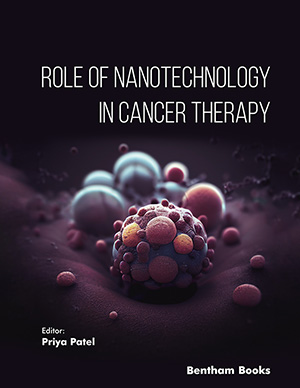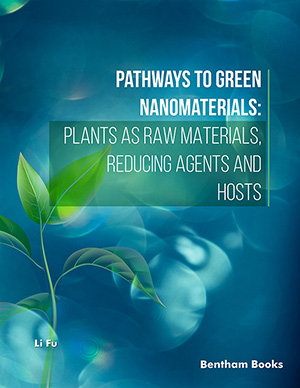Abstract
Many patents have been devoted to developing medical nanometer zirconia ceramic grinding techniques that can significantly improve both workpiece surface integrity and grinding quality. Among these patents is a process for preparing ceramic dental implants with a surface for improving osseo-integration by sand abrasive finishing under a jet pressure of 1.5 bar to 8.0 bar and with a grain size of 30 µm to 250 µm. Compared with other materials, nano-zirconia ceramics exhibit unmatched biomedical performance and excellent mechanical properties as medical bone tissue and dentures. The removal mechanism of nano-zirconia materials includes brittle fracture and plastic removal. Brittle fracture involves crack formation, extension, peeling, and chipping to completely remove debris. Plastic removal is similar to chip formation in metal grinding, including rubbing, ploughing, and the formation of grinding debris. The materials are removed in shearing and chipping. During brittle fracture, the grinding-led transverse and radial extension of cracks further generate local peeling of blocks of the material. In material peeling and removal, the mechanical strength and surface quality of the workpiece are also greatly reduced because of crack extension. When grinding occurs in the plastic region, plastic removal is performed, and surface grinding does not generate grinding fissures and surface fracture, producing clinically satisfactory grinding quality. With certain grinding conditions, medical nanometer zirconia ceramics can be removed through plastic flow in ductile regime. In this study, we analyzed the critical conditions for the transfer of brittle and plastic removal in nano-zirconia ceramic grinding as well as the high-quality surface grinding of medical nanometer zirconia ceramics by ELID grinding.
Keywords: Brittle fracture, critical condition, ELID grinding, grinding zone temperature, grinding, material removal mechanism, nano-zirconia ceramics, plastic removal, surface integrity.
























